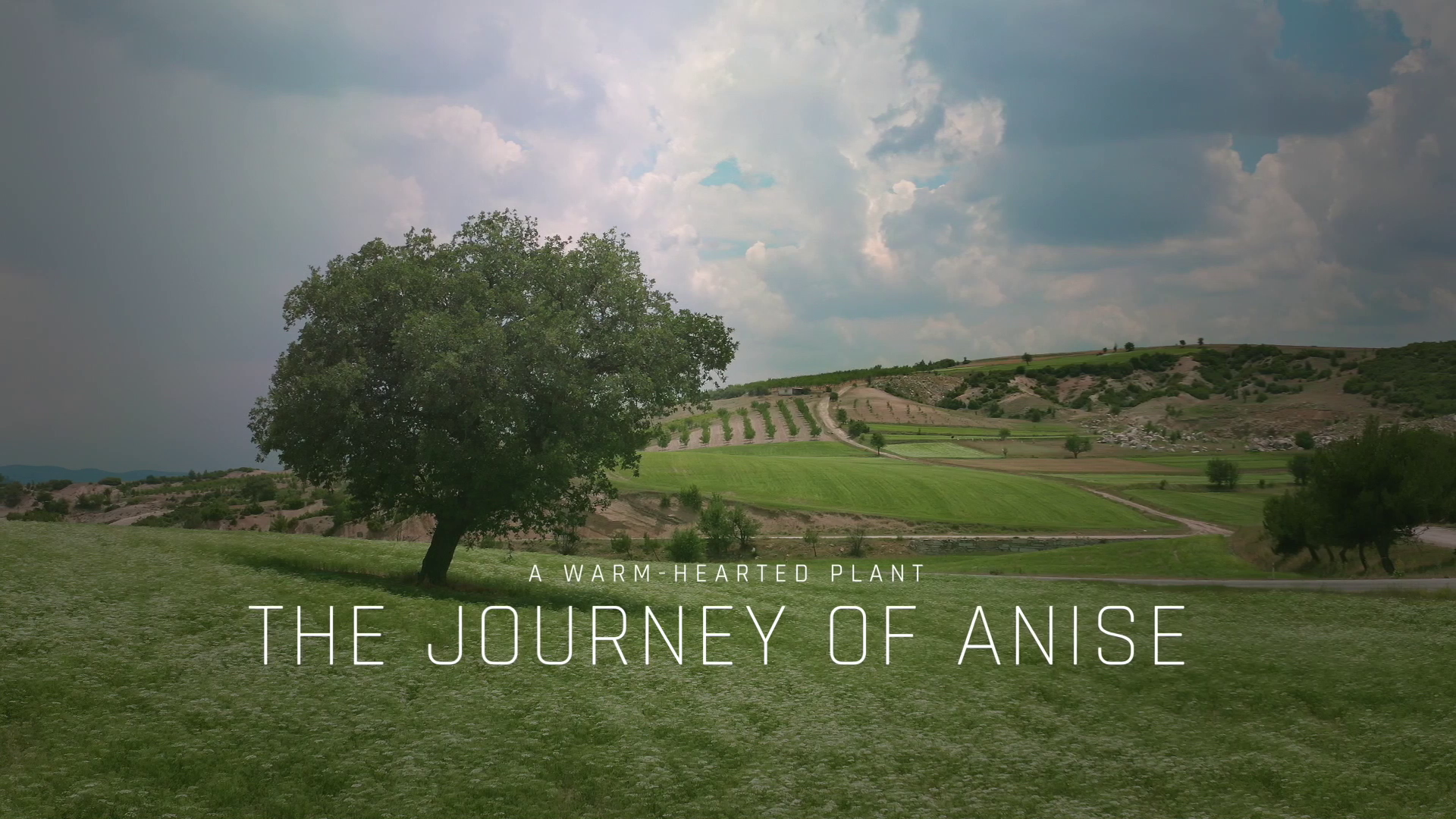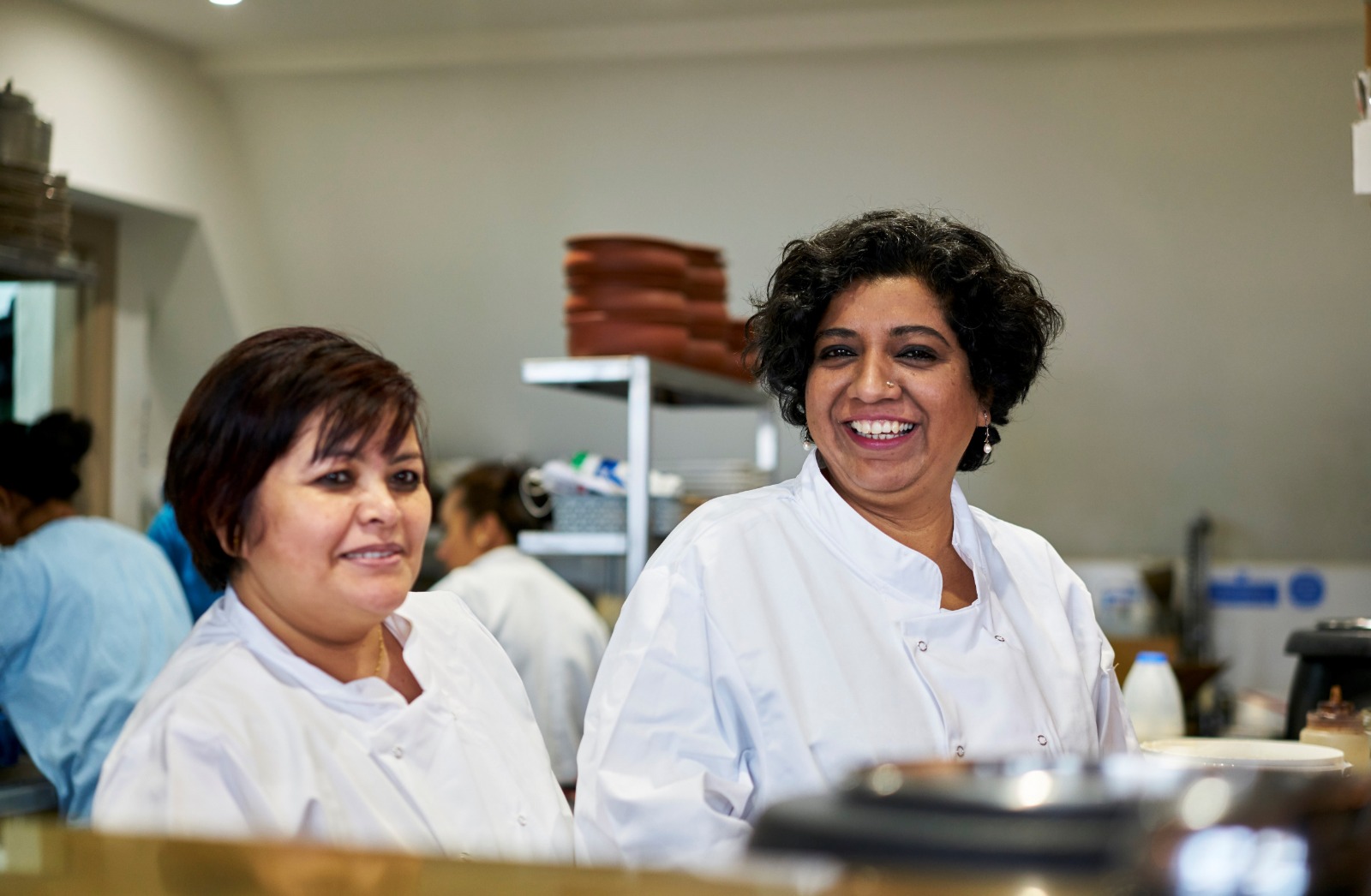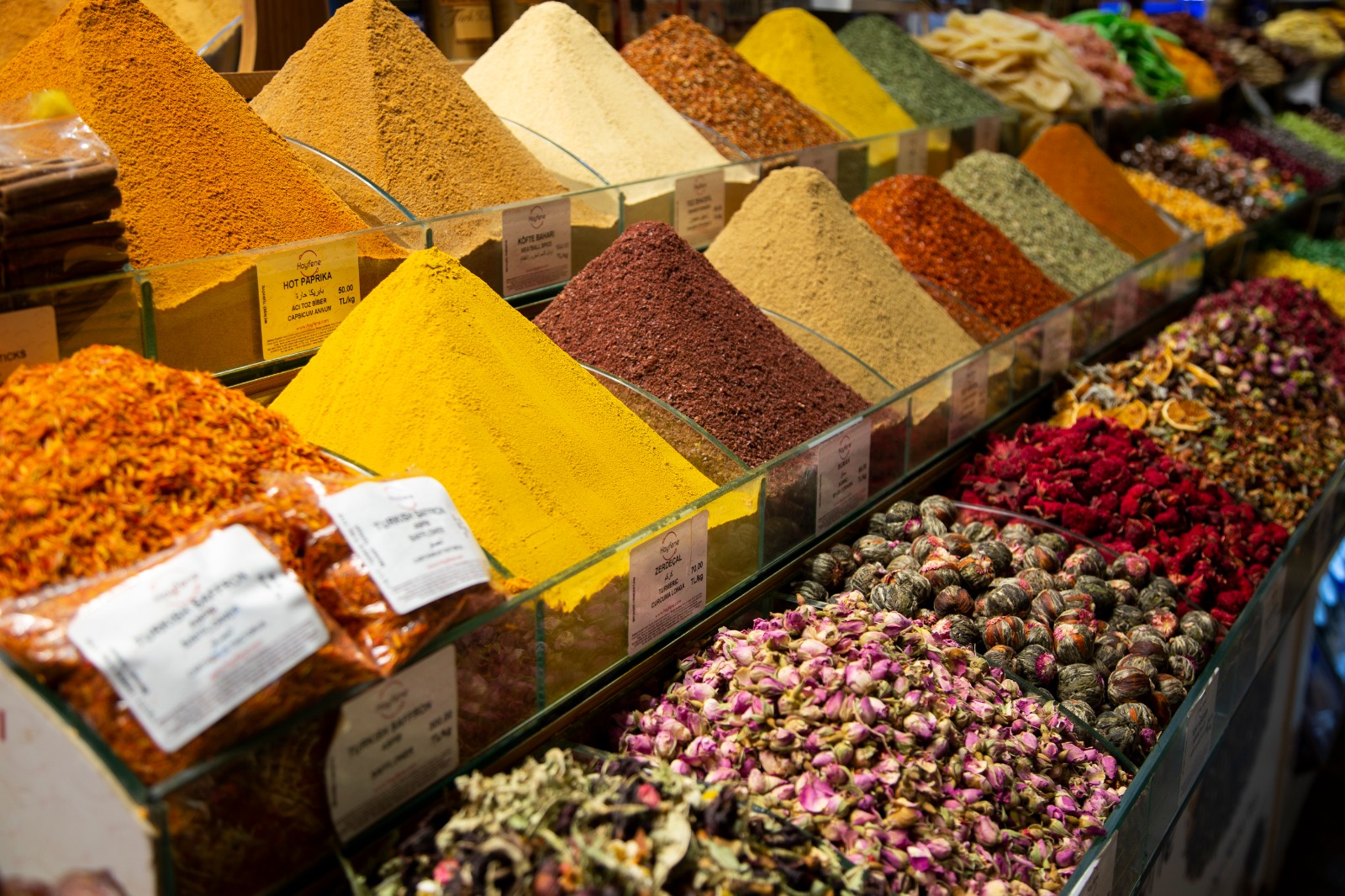Panel 8 — Chilis on the World Table
Capsicums are nearly ubiquitous, appearing in many of the world’s cuisines, but capsicums signify different things depending on context. This panel explores their use as table condiments in Japan, Turkey,…
Panel 9 — Changing British Cuisine
No cuisine is static; these three papers trace changes in British cuisine, whether the early modern elevation of wild herbs, the desuetude of the savoury course, or the imperial messages…
Saturday Lunch: One Good Spice. The pleasures of a single fragrance by David Tanis and Jill Norman
David Tanis says: "A concept I have played with quite a bit is the notion of letting one spice or herb dominate in a dish, rather than a blend or…
Keynote by Vivienne Lo. Potent Flavours: Nutritional Practice in the Sinosphere
Dr. Vivienne Lo is a Senior Lecturer at University College London specializing in the history of Asian medicine and classical Chinese medicine. Her work explores, among other things, the social…
Panel 10 — Contemporary Issues
Do herbs and spices have ‘terroir’ and how does this impact global marketplaces? This panel presents case studies for the development of tsiperifery pepper in Madagascar and the question of…
Panel 11 — Evidence from the Herbals
Herbals, natural histories, and medicinal writings from the 16th through 19th centuries have documented the spread of plants between Old and New Worlds—or at least that is what conventional wisdom…
Panel 12 — The Cuisines of India
The many regional cuisines of India provide a rich tapestry of culinary pleasures; these papers explore two spices that are less well-known in the West, asafoetida and stone flower (the…
Saturday Drinks Reception: Anise, the Spirit of Anatolia and Friendship
A native plant of Anatolia, anise has been used as a spice, a flavouring and for medicinal purposes throughout history by the Anatolian civilizations. Today, this special herb continues to…
Saturday Dinner: A Spice Odyssey. Asma Khan at Home in the Royal Courts of India
Asma Khan says: "I often describe the layering of spices in my dishes like woven silken threads of vintage handloom fabric - each spice adding it’s unique flavour to the…
The Spice Bazaar in Istanbul: A Journey of the Senses
The Spice Bazaar (Mısır Çarşısı) in Istanbul is one of the oldest shopping areas of the city (founded in 1663). It is located on the old historical peninsula and surrounded…
Panel 13 — Flavours of Antiquity and Beyond
P. nigrum and its cousins were predominant spices in ancient Rome, appearing regularly in the Apician recipe collection as well as in literature, where it was often condemned as superfluous…
Panel 14 — Literary Spices
Literature gives subtle freedom to express cultural values. These papers explore the use of highly spiced gingerbread to communicate notions of unbridled sexuality, while spices in diasporic Indian fiction problematize…





